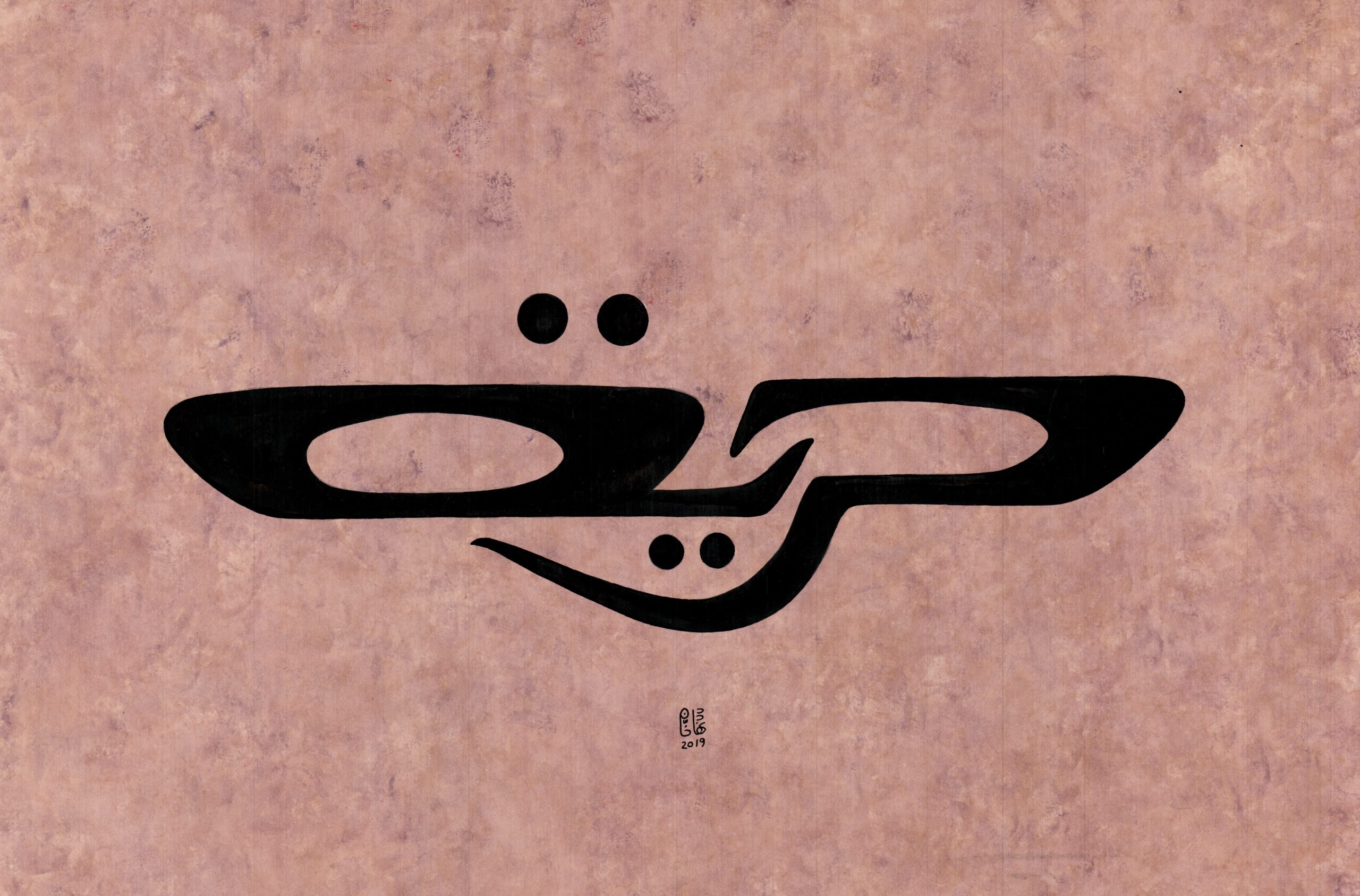
2025/09/05
Arabic Calligraphy: A Timeless Art Form Bridging Tradition and Modernity
Arabic calligraphy is more than just writing—it is an art form that has shaped culture, identity, and aesthetics for centuries. Unlike ordinary handwriting, Arabic calligraphy carries deep symbolism, spirituality, and creativity, allowing artists to transform words into visual masterpieces. Today, as global interest in Middle Eastern art continues to grow, Arabic calligraphy is experiencing a modern revival.
At Nihad Dukhan, we embrace the timeless beauty of Arabic calligraphy while pushing the boundaries of contemporary design. With years of expertise, both as a certified master of Arabic and Islamic calligraphy and as a professor of mechanical engineering, I combine tradition, precision, and creativity to present calligraphy as both an ancient craft and a modern artistic expression.
The History of Arabic Calligraphy
Arabic calligraphy has its roots in the early centuries of Islam. Because the Qur’an was revealed in Arabic, early Muslims sought ways to honor the sacred text through beautiful writing. The art form developed as a way to preserve language, faith, and culture. Over time, master calligraphers perfected different scripts, each with its unique character and application. Some of the most influential styles include:- Kufic – A bold, geometric script often used in architecture and inscriptions.
- Naskh – Known for its clarity, commonly used in books and manuscripts.
- Thuluth – Elegant and flowing, used in mosques, monuments, and artistic pieces.
- Diwani – A decorative script associated with royal decrees and official documents.
The Spiritual Dimension of Arabic Calligraphy
Unlike other forms of art that rely on figures or images, Arabic calligraphy often relies solely on letters, words, and verses. This abstraction allows calligraphers to convey meaning beyond representation. The fluid lines, rhythmic curves, and precise proportions create a sense of balance and harmony that reflects the spiritual philosophy behind the art. For centuries, calligraphy has been used to decorate mosques, manuscripts, and everyday objects. The act of writing itself became a meditative process—an opportunity to express devotion, patience, and discipline.Arabic Calligraphy in the Modern Era
Today, Arabic calligraphy is not confined to historical manuscripts or mosque walls. It has entered the realms of modern art, fashion, branding, and design. Artists and designers around the world are reimagining calligraphy through digital tools, mixed media, and contemporary concepts. Modern calligraphers often blend traditional scripts with abstract art, creating works that resonate with both Arabic-speaking and international audiences. This transformation reflects the adaptability of Arabic calligraphy—it is timeless, yet it evolves with every generation. At Nihad Dukhan, our mission is to honor these traditions while presenting Arabic calligraphy in new and inspiring ways. Whether through commissioned artworks, design projects, public lectures or educational workshops, we aim to make calligraphy accessible, relevant, and impactful in today’s world.Why Arabic Calligraphy Matters Today
Arabic calligraphy is more than just decorative art—it holds cultural and emotional significance that connects people to history and identity. Here are a few reasons why it remains deeply relevant:- Cultural Preservation – It keeps the Arabic language and Islamic heritage alive.
- Artistic Innovation – It bridges traditional craftsmanship with contemporary creativity.
- Spiritual Depth – It allows artists and viewers to reflect on meaning, beauty, and harmony.
- Global Appreciation – It has become a universal art form admired across cultures.
- Personal Expression – Many people commission calligraphy to express love, identity, or special memories.
The Role of a Calligraphy Master
Mastering Arabic calligraphy requires discipline, patience, and years of training. Each stroke must be intentional, each curve measured, and each composition harmonious. A true calligrapher does not simply write words but gives them life and rhythm. As a certified master, I, Nihad Dukhan, bring both technical expertise and artistic vision to my work. My background in engineering adds precision, while my passion for calligraphy ensures creativity and depth. This combination allows me to create artworks that are not only aesthetically pleasing but also meaningful.Applications of Arabic Calligraphy
Arabic calligraphy continues to inspire countless applications in different fields:- Fine Art – Standalone pieces that showcase the beauty of words.
- Interior Design – Wall art, architectural inscriptions, and decorative panels.
- Fashion & Jewelry – Designs that transform calligraphy into wearable art.
- Branding & Logos – Companies using calligraphy to convey authenticity and heritage.
- Educational Resources – Teaching the art form to preserve it for future generations.